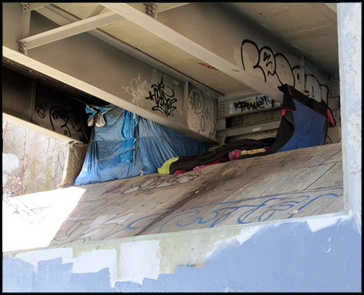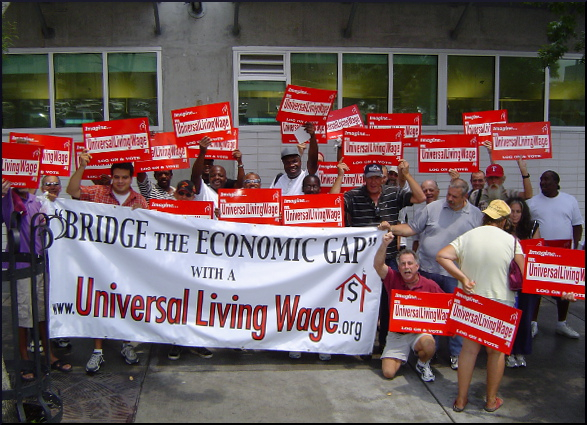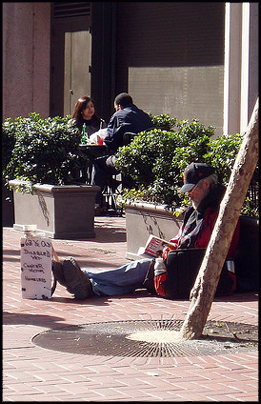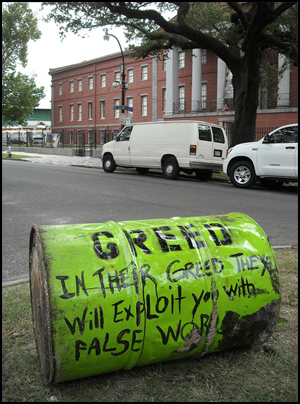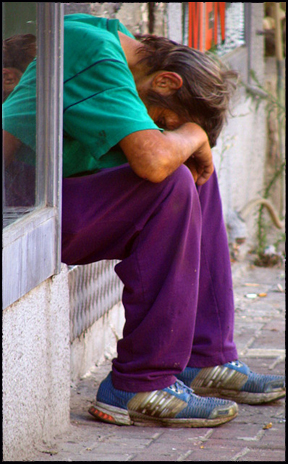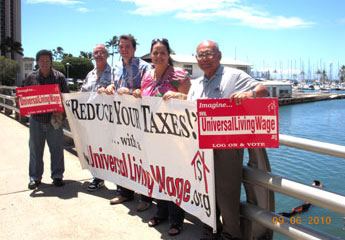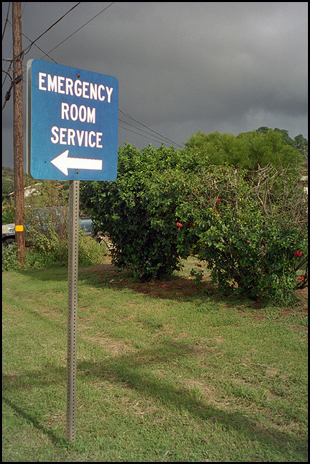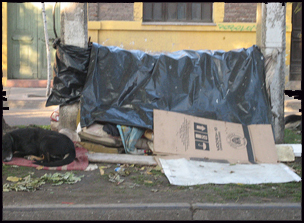
A lot of people have been writing about homelessness lately, and they fall into categories. In one group are the people who are chronically or temporarily homeless, telling their own stories from first-hand experience. We have talked about Becky Blanton, who spoke at the prestigious TEDGlobal conference in 2009 on the topic, “The year I was homeless.”
Because people experiencing homelessness form friendships and relationships just like anybody else, the writer might also tell stories of street comrades. For instance, Ace Backwords has been for many years the chronicler of the lives of Berkeley’s legendary street characters, like Blue, Talon, and Hate Man, “your typical, dress-wearing, former New York Times-reporting, hatred-spewing, homeless freak,” who is actually one of the nicest people you’d ever want to know.
Then, there are the objective reportorial types, journalists, bloggers, and allies who gather and then disseminate the stories of others. We have mentioned B. N. Duncan, longtime recorder of homeless lives in both words and photographs. Then there are the subjective reporters, who are not actually homeless themselves but who enter that world in order to bring back stories and publicize them, in hopes of raising public awareness. We’ll have more to say about them another time.
Today’s spotlight focuses on Brianna Karp, a native Southern Californian who started working at age ten, apparently because nobody else in her family was able to. All she ever wanted was to grow up to be a solid citizen, employed and home-owning. But it didn’t turn out the way she had planned — at least, not for long..
Karp had what anybody would call a good job, not that it mattered once she had been laid off. Only executives get those multi-million-dollar golden parachutes. The average employed person is just “let go” like a like an enemy spy shoved out of a helicopter over the ocean — bound, blindfolded, and with no parachute of any hue. Karp was luckier than many, and acknowledges it:
The company that I worked for was enormously kind and fair to each and every one of us, and compensated us well with a severance package, so I was OK for a while.
Thanks to that lucky break, and by scrambling for every possible opportunity to make a few bucks, Karp remarkably managed to delay her transition from housed to homeless for an entire half-year. But, inevitably, harsh exigency caught up. Because of another tragedy — the suicide of its owner — a travel trailer came into her possession and she set up a tenuous base from which to try and rebuild her life. Introducing her book, The Girl’s Guide to Homelessness, Karp says,
I am an educated woman with stable employment and residence history. I have never done drugs. I am not mentally ill. I am a career executive assistant –- coherent, opinionated, poised, and capable. If you saw me walking down the street, you wouldn’t have assumed that I lived in a parking lot. In short, I was just like you — except without the convenience of a permanent address.
Reviewed in Publisher’s Weekly and featured by TV shows, The Girl’s Guide to Homelessness was also written about by prominent author Augusten Burroughs in these words,
Brianna Karp is the perfect example of how a person can triumph not in spite of adversity but as a direct result of it. This smart, pragmatic young woman takes us inside the new face of homelessness in America and her dramatic memoir guides us through our assumptions, fears and judgment into a place of understanding, compassion and respect. Truly essential reading.
Once reestablished in the world of the housed and employed, Karp has not forgotten her desperate days, but wishes to help others cope, and to extend hope to people experiencing homelessness.
Here’s an idea that could change the landscape: the Universal Living Wage, which can end homelessness for over 1,000,000 minimum-wage workers, and prevent economic homelessness for all 10.1 million minimum wage workers. Please learn more about the Universal Living Wage and how to make it a reality.
Reactions?
Source: The Girl’s Guide to Homelessness by Brianna Karp
Source: “Where It All Began,” GirlsGuidetoHomelessness.com
Source: “Reviews,” GirlsGuidetoHomelessness.com
Image by PJFurlong06 (Patrick Furlong), used under its Creative Commons license.

